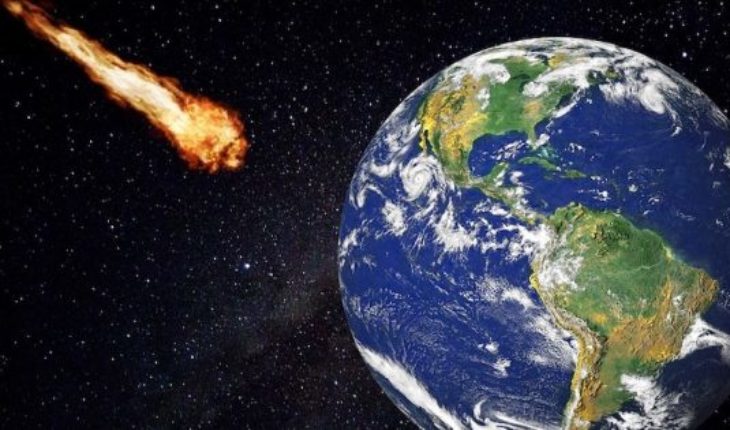an interdiscipli team nario of Chilean and U.S. researchers published Wednesday in the Scientific Reports, the editors of Nature, evidence that the site Pilauco, in the Chilean city of Osorno, in the southern region of Los Lagos, is one of the sites where the collision of the asteroid products have been preserved and are measurable.
He studied corroborated the so-called “hypothesis of the base of the Younger Dryas”, that in 2007 it raised that an asteroid collided with earth deposited several extraterrestrial indicators and causing a fire that affected more than 50 sites in a synchronously surface of approximately 50 million square kilometers which contributed to the extinction of the megafauna of the late Pleistocene.
Abrupt environmental change “the asteroid, that we do not know if it was a comet or a meteor, should have disintegrated, extraterrestrial elements in Pilauco concentration is highest in the northern hemisphere, but have not found the craters”, said Mario Pine, leader of the research, which brought together a large group of scientists from different institutions.
Location Pilauco, in Osorno, where is the search for products from the collision of the asteroid which could have fallen makes 12.8000. EFE/courtesy UACh pine, which belongs to the Institute of Sciences of the Earth of the University Austral of Chile, found that the geological situation of Pilauco was not common and that the site noted a very abrupt environmental change, evidence of a great fire, and changes the quality and quantity of pollen, all dated 12,800 years ago through radiocarbon.
It was then that he came in contact with U.S. researchers for, starting from the hypothesis Younger Dryas, researcher Richard Firestone, begin this study, which began in July 2015.
The research found concentrations of Platinum, gold, Palladium, and spherules of iron and chromium formed at high temperatures, which rarely found in nature.
In addition, a major peak in the abundance of carbon realizes an intense episode of biomass burning in sync with dramatic changes in the vegetation, seasonality in precipitation and warmer conditions.
Sudden disappearance of remains megafaunales the study concluded that “the sudden disappearance of megafaunales and manure fungi remains (in Pilauco 12,800 years ago) is correlated with extinction of megafauna in the Americas” and that “the registration of Pilauco is consistent with the evidence of impact of Younger Dryas found in sites on four continents”.
“We have evidence of a fire of large dimensions, of changes in vegetation, we have concentrations of Platinum, gold, Palladium… Stratigraphy, the model’s age, geochemistry, botany and archaeology are very clear,”said Pino, supporting the thesis of a fragment of the asteroid collided in Pilauco.
The finding that research gives account adds an astrophysicist component to the arc-paleontological site of Pilauco, place where it has been verified scientifically that the coexistence of megafauna along with current mammals, as well as evidence of human presence 15,600-12,800 years ago.
translated from Spanish: Impact of asteroid in Chile caused extinction of megafauna 12,800 years
March 14, 2019 |





